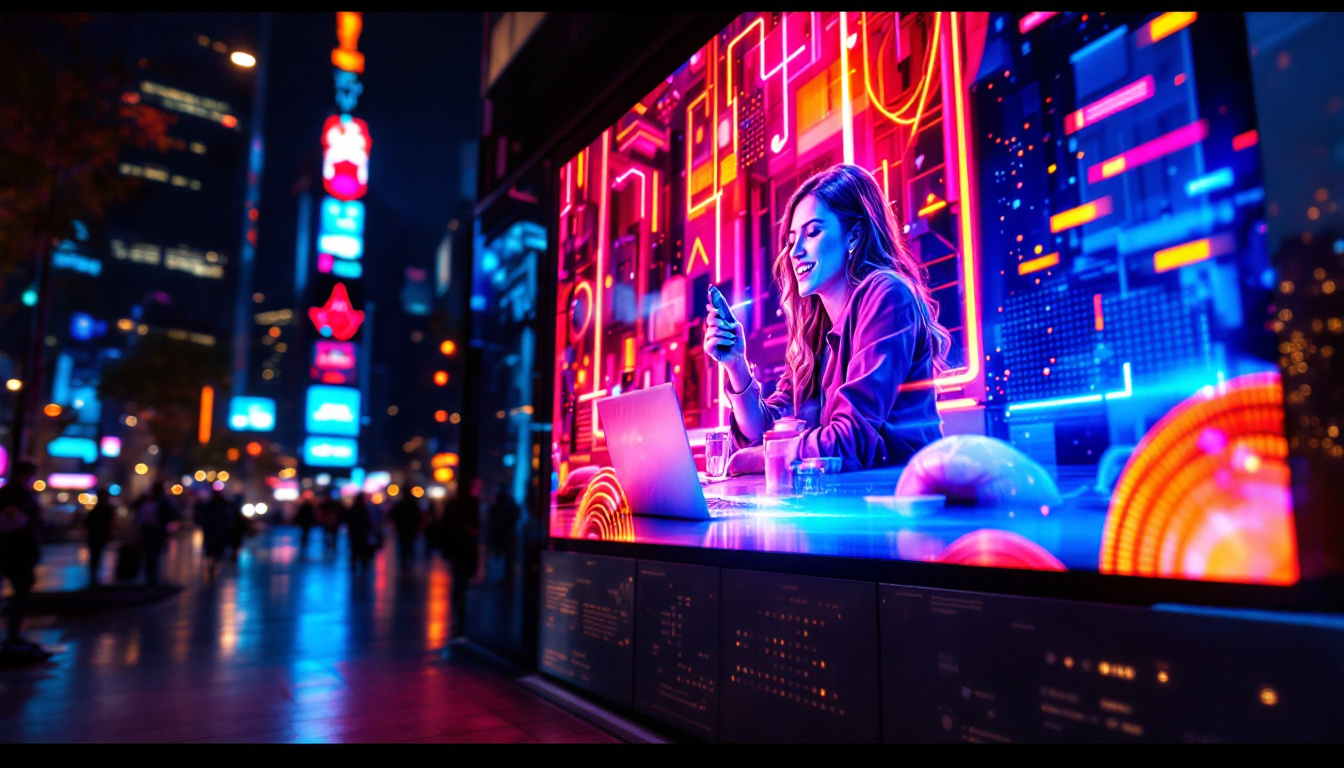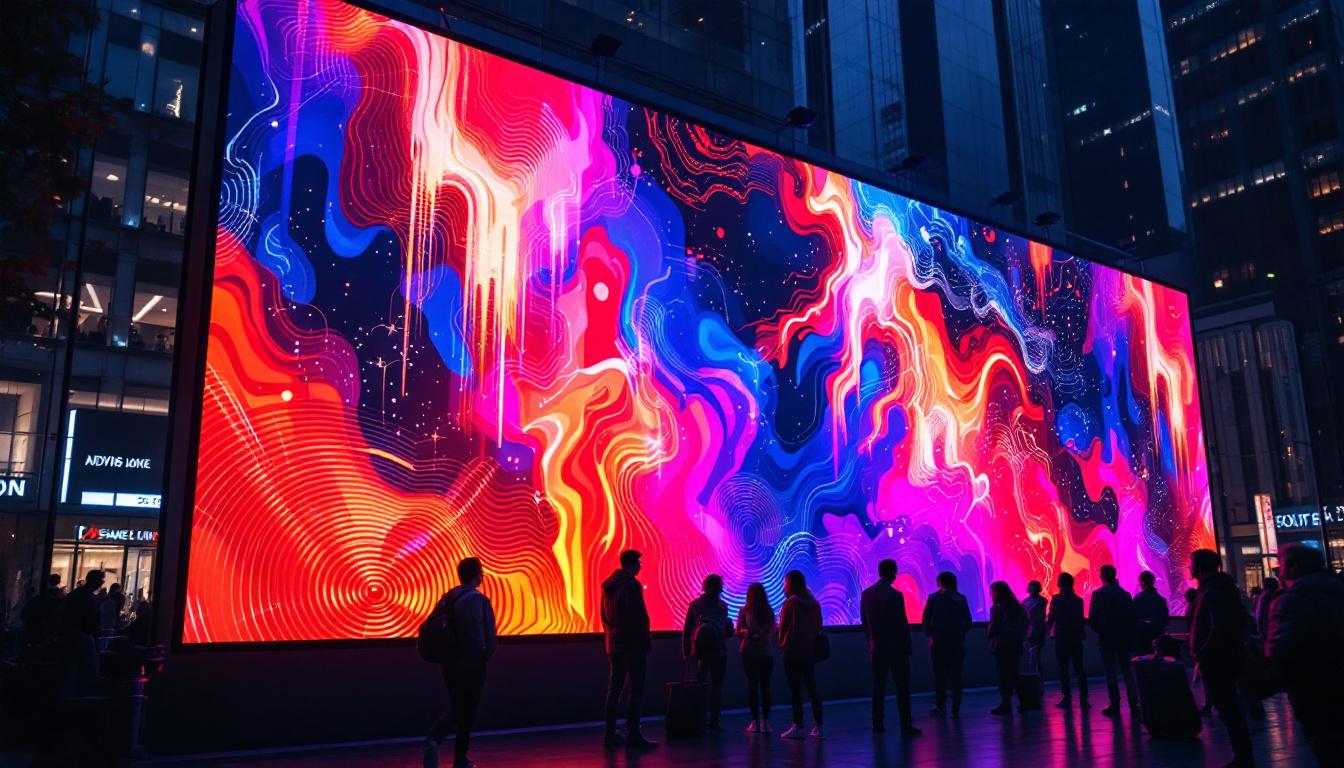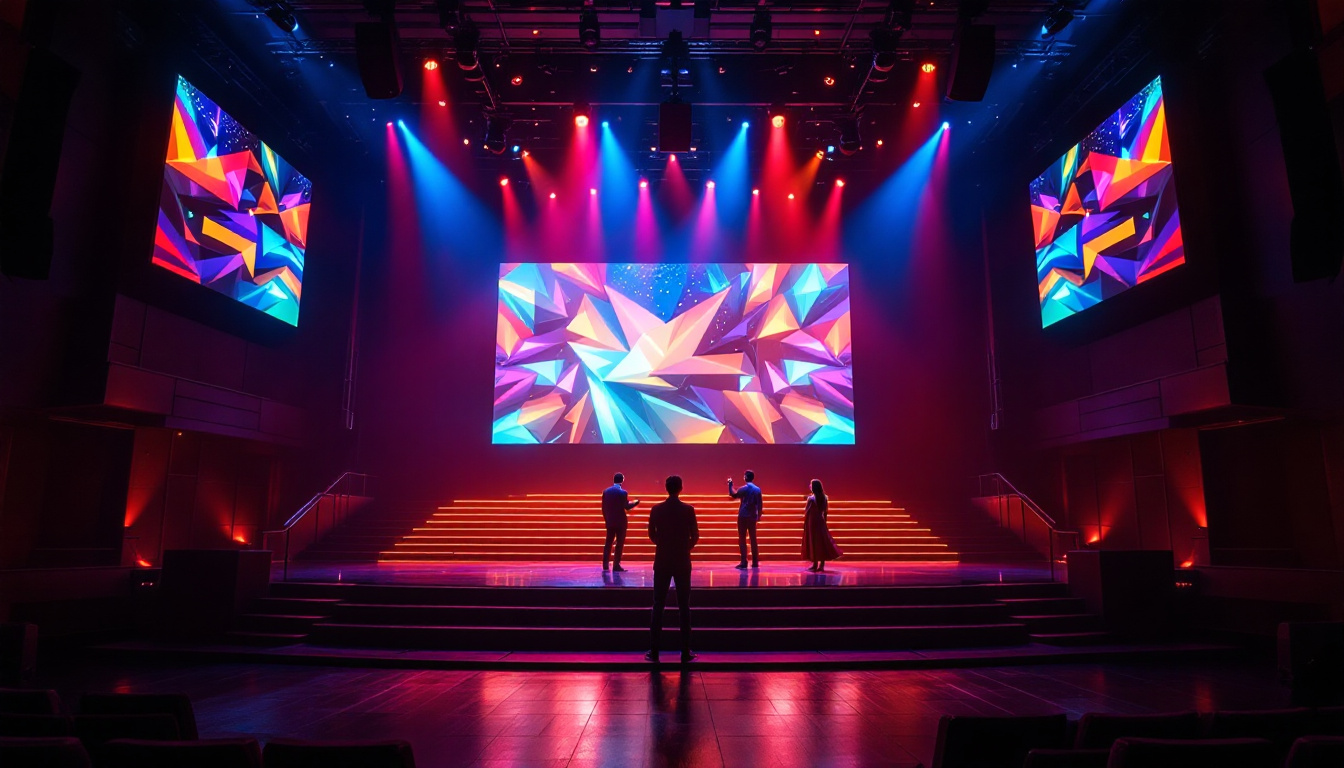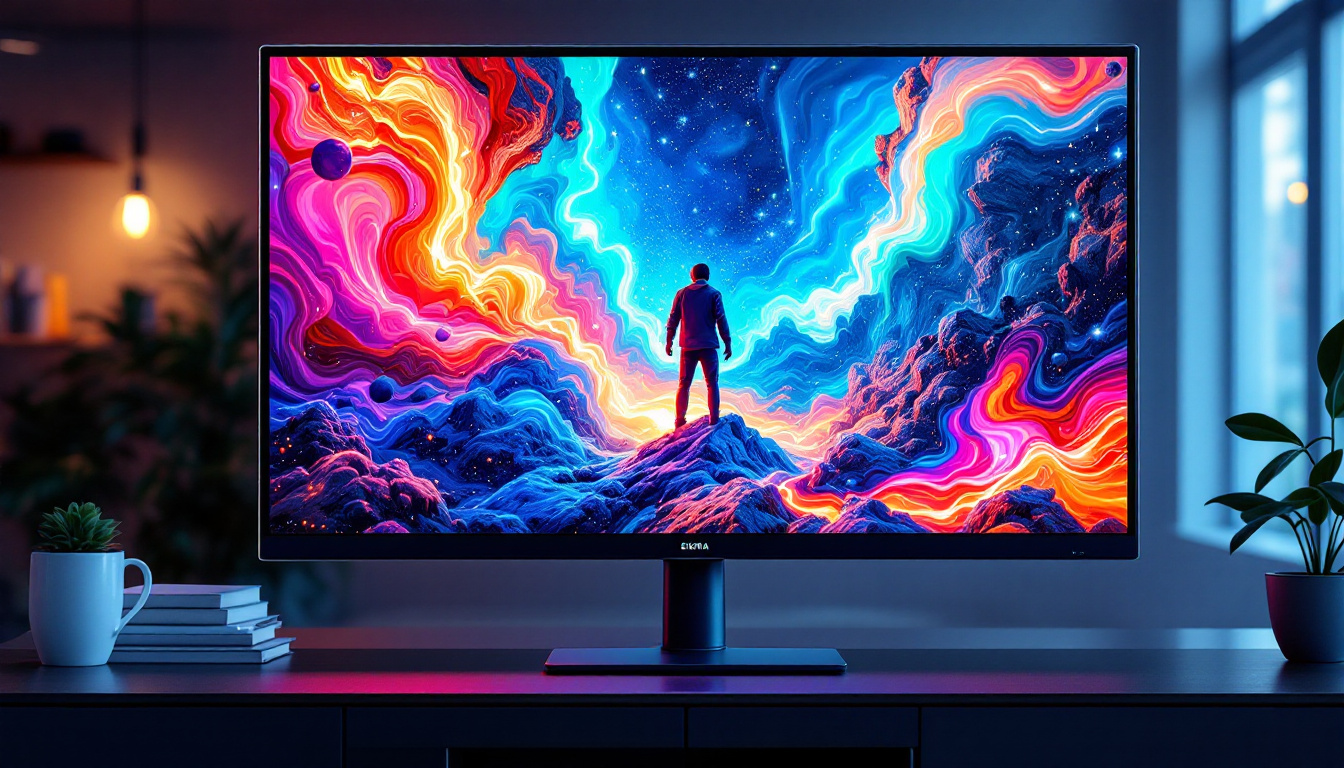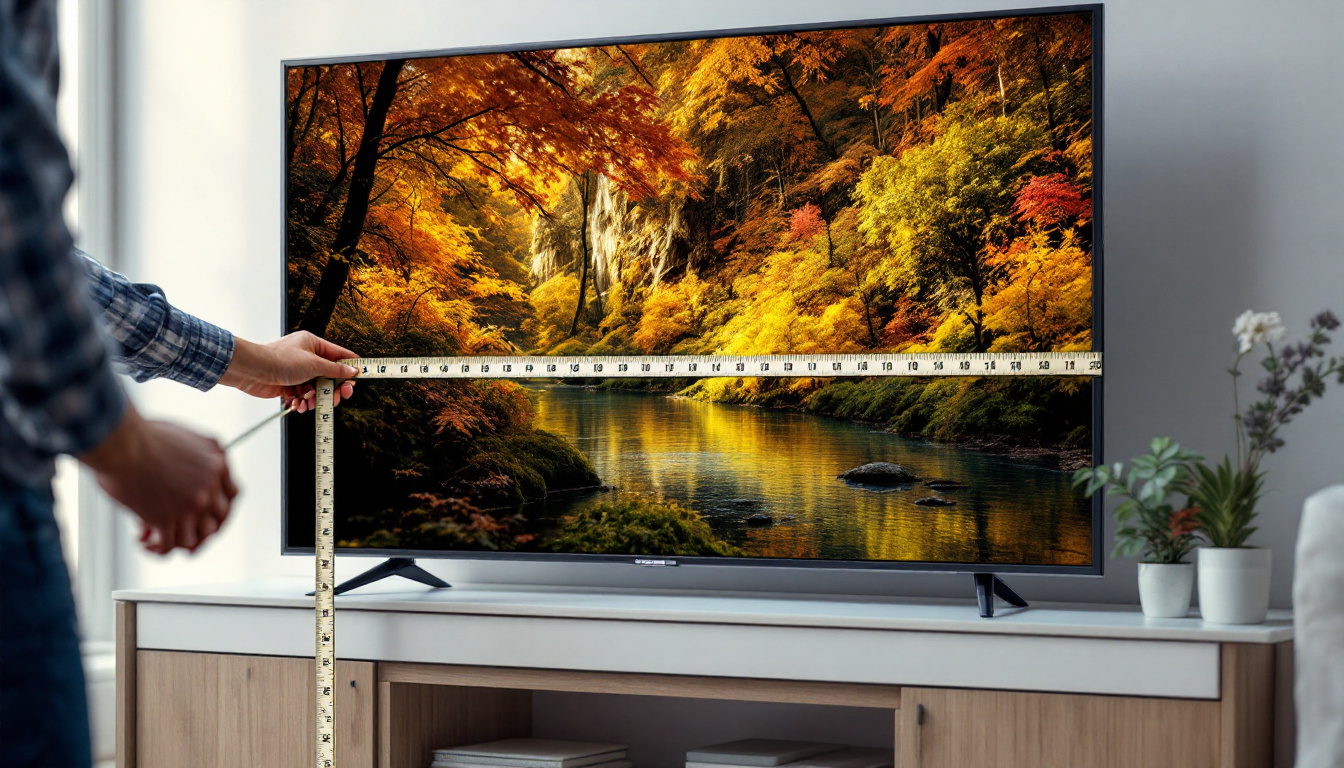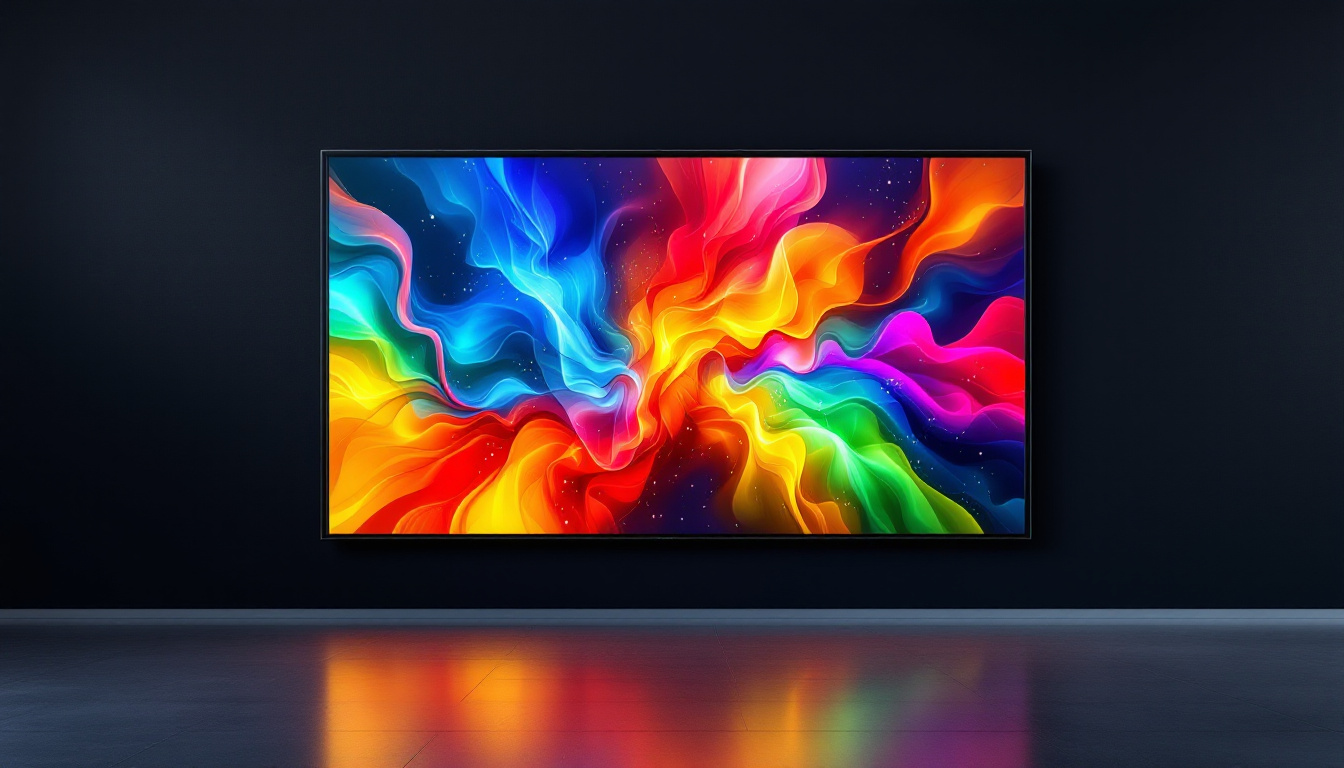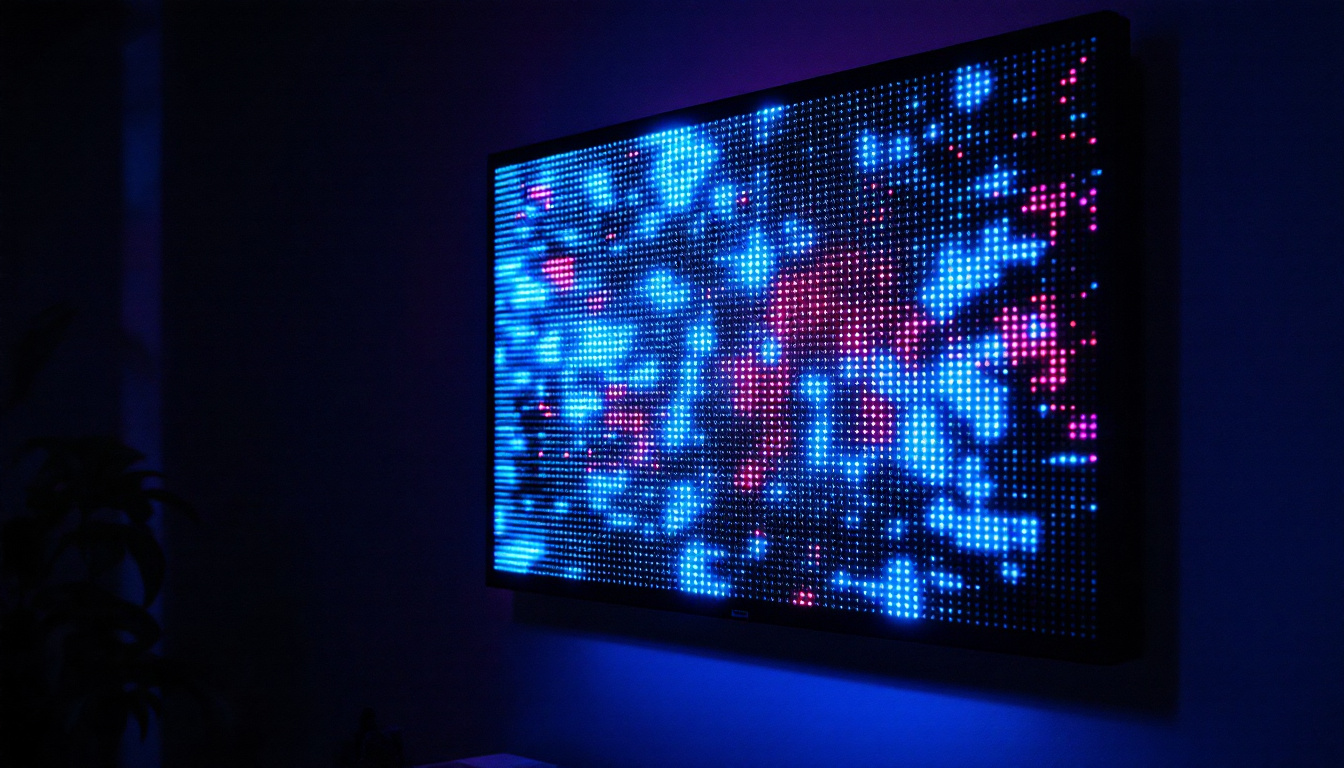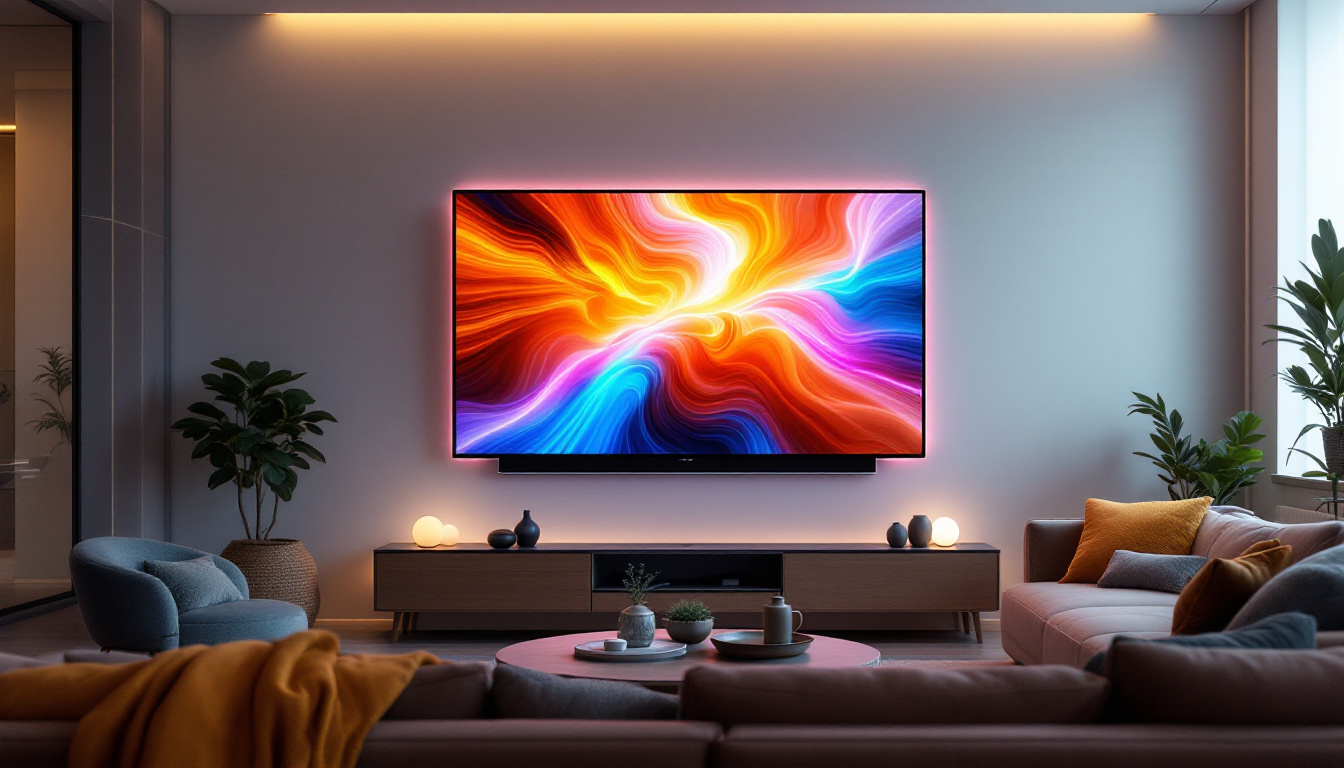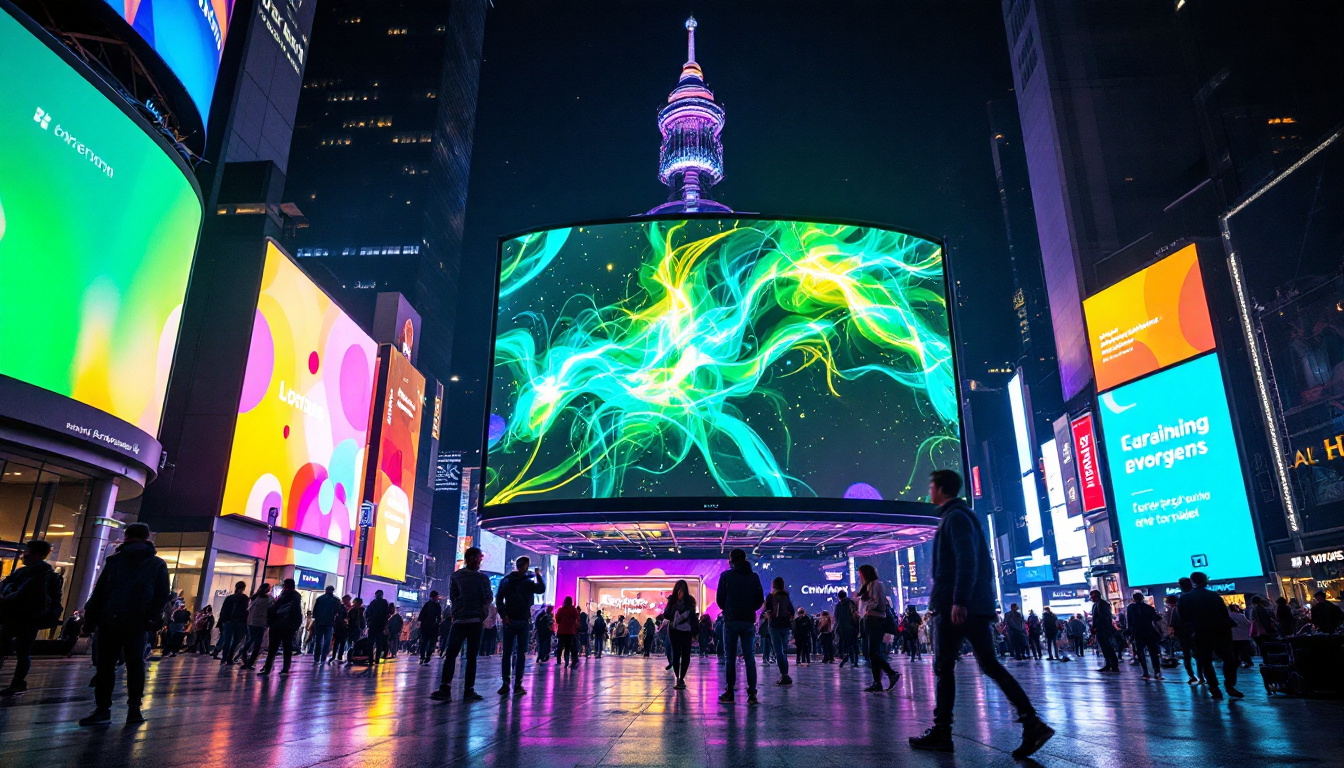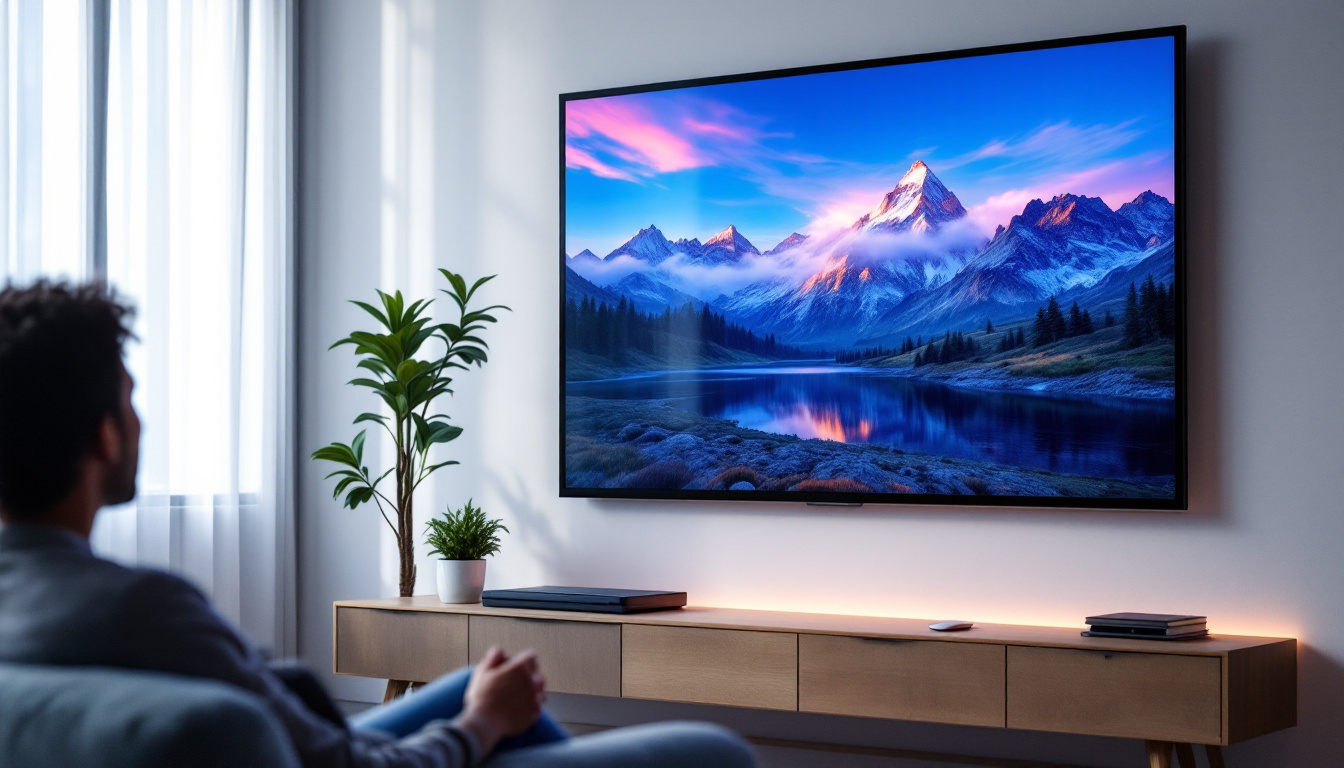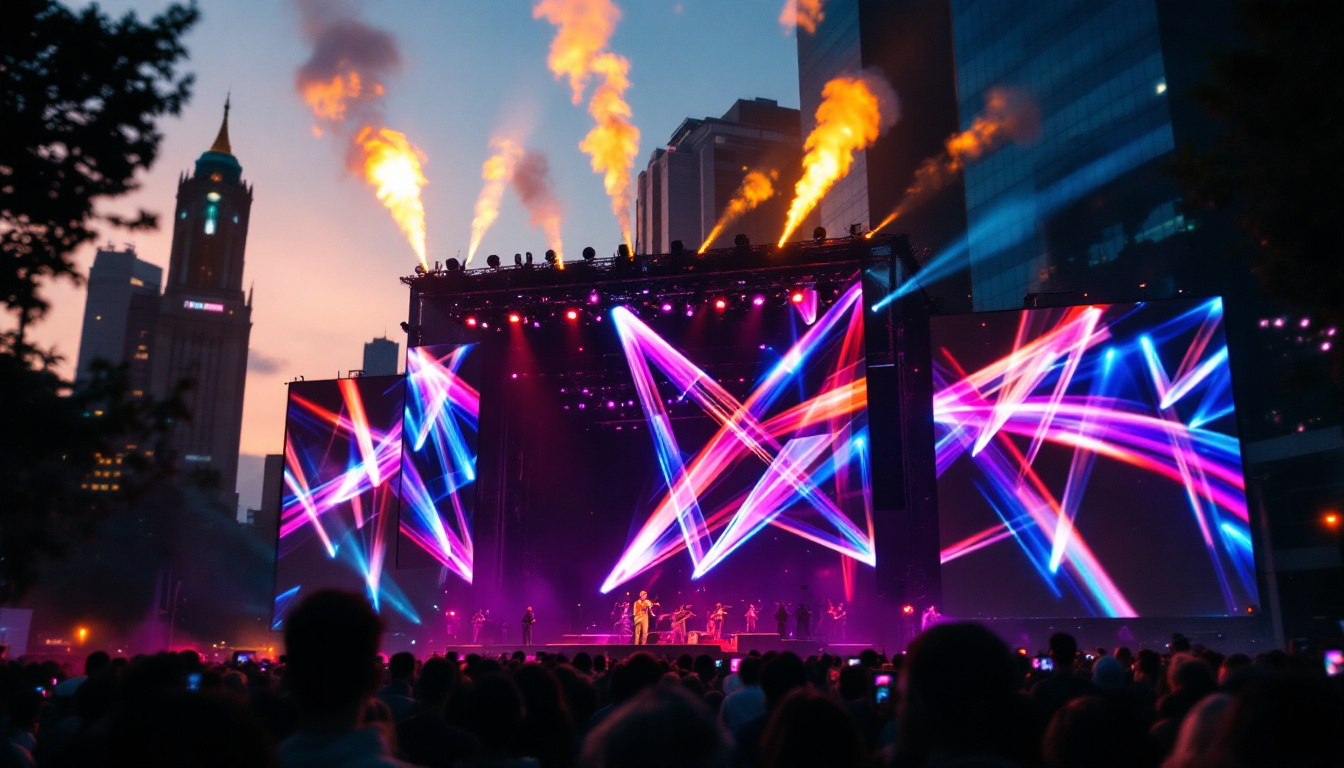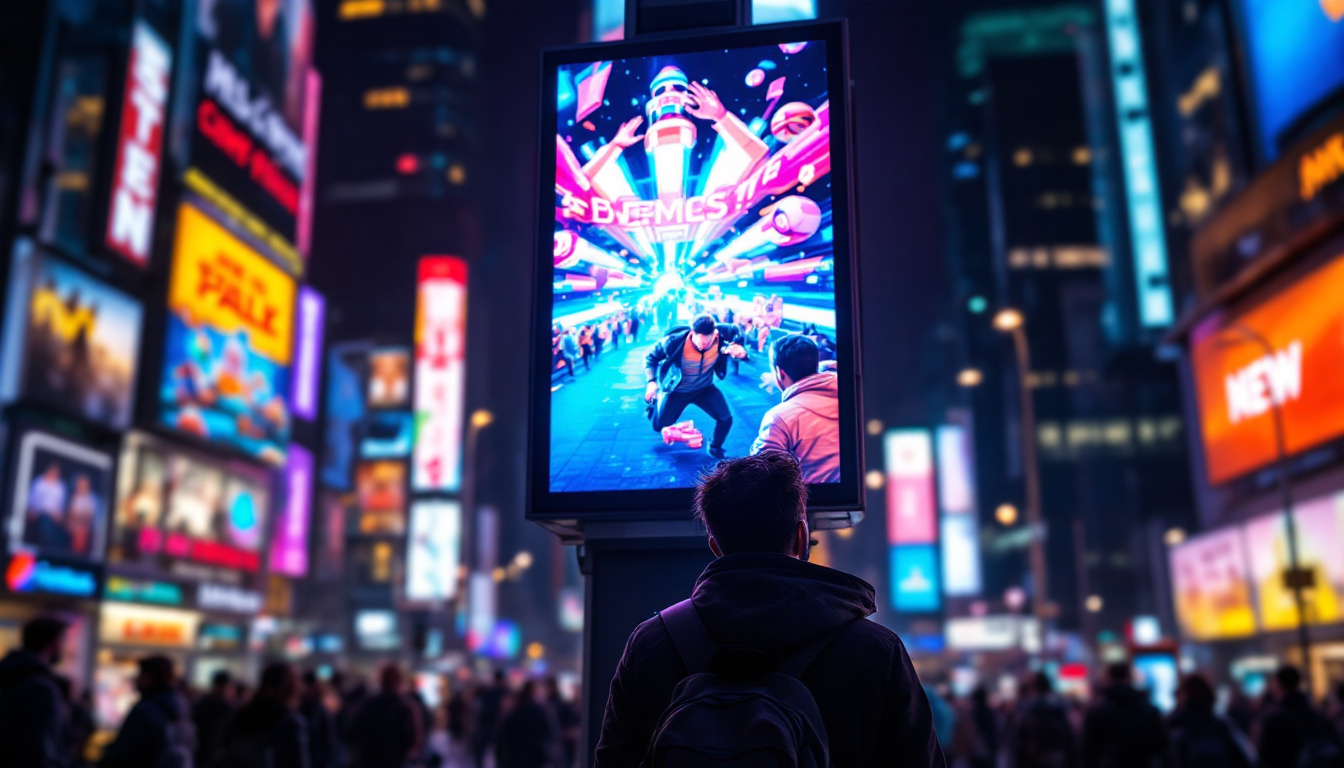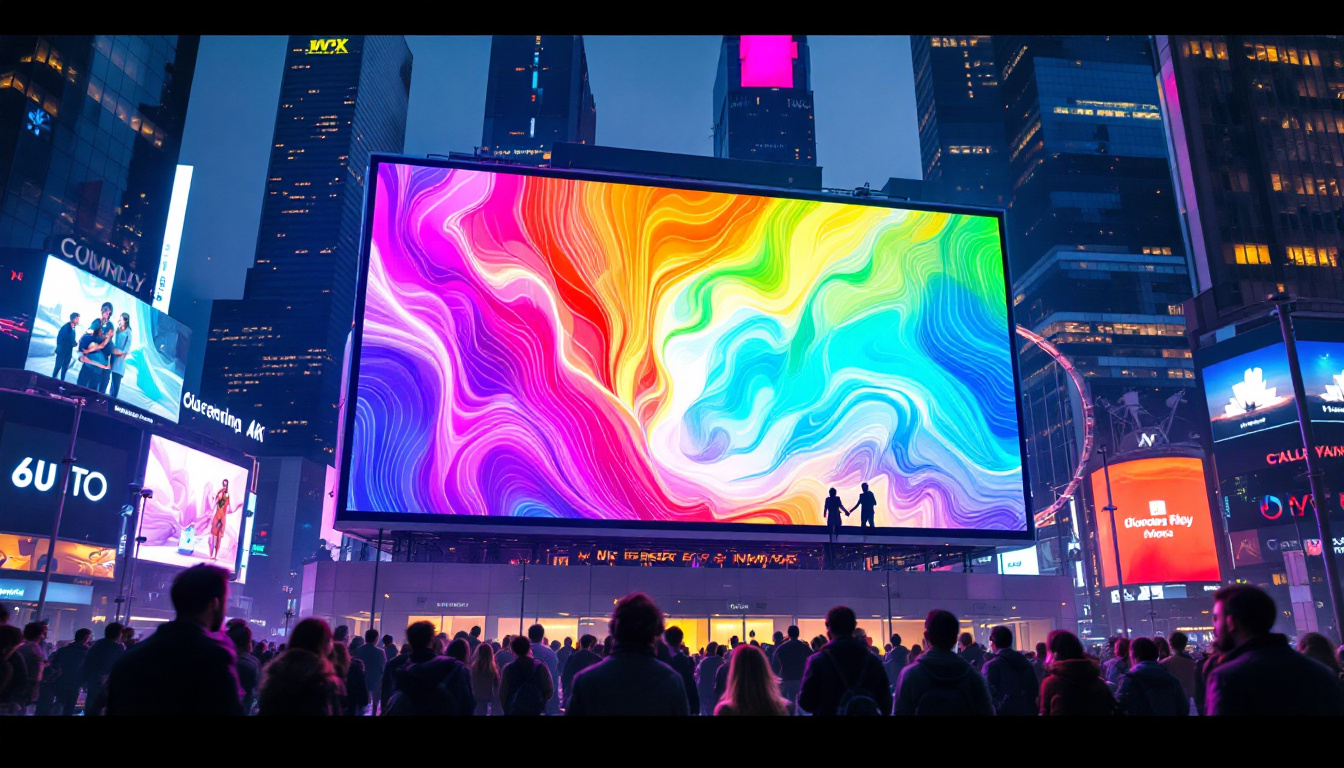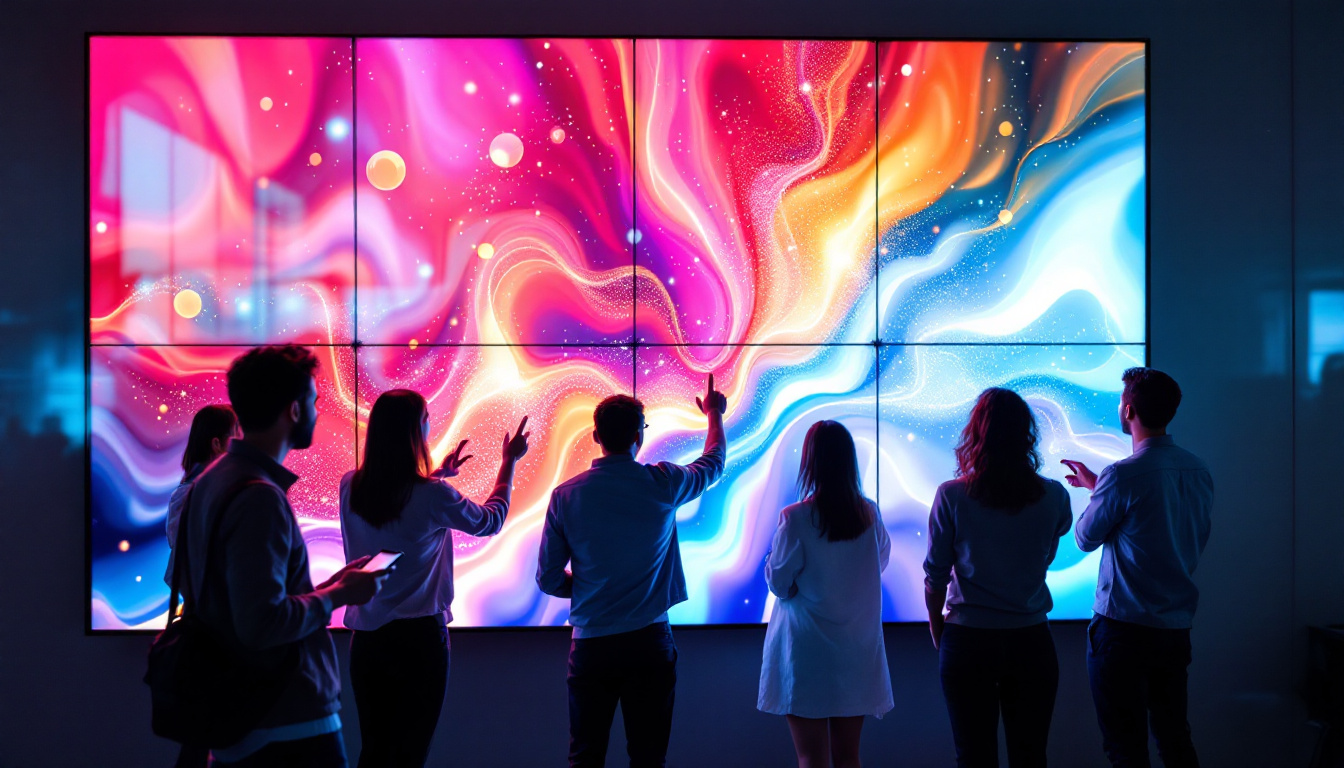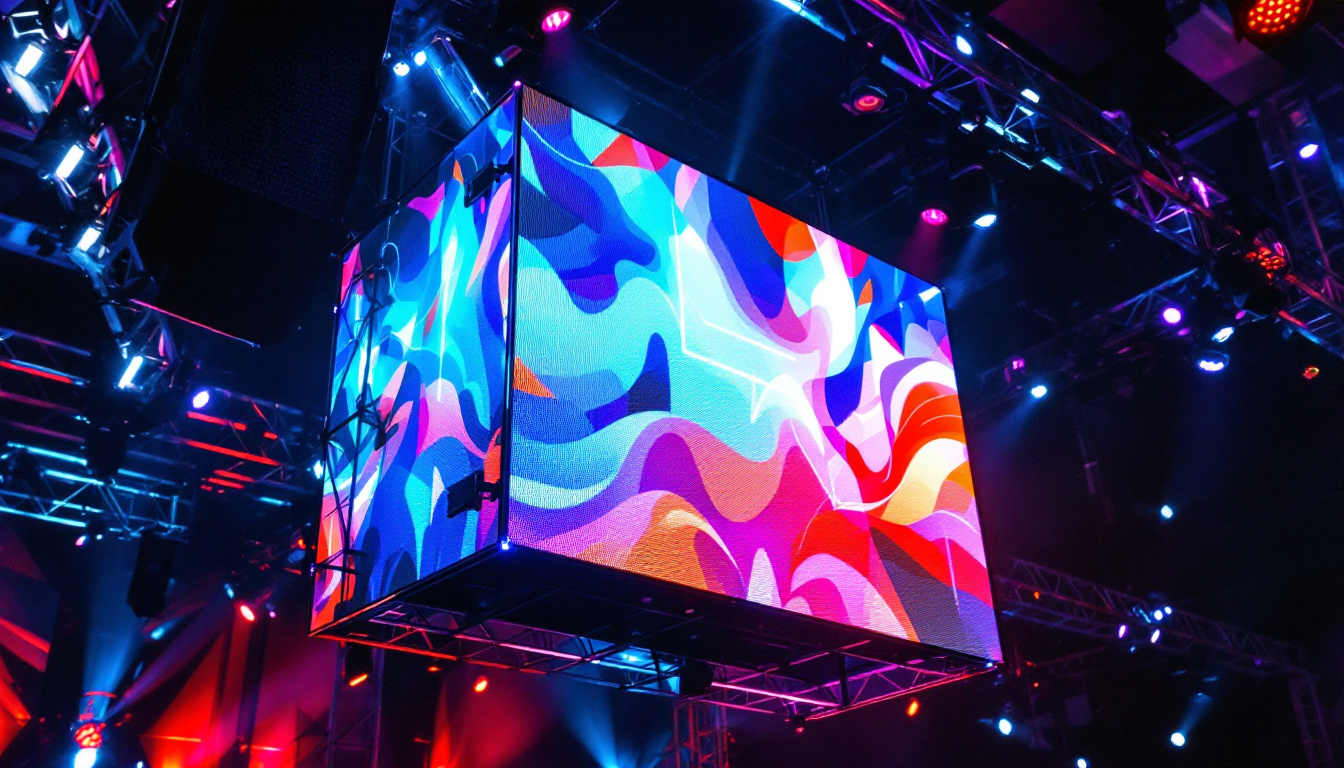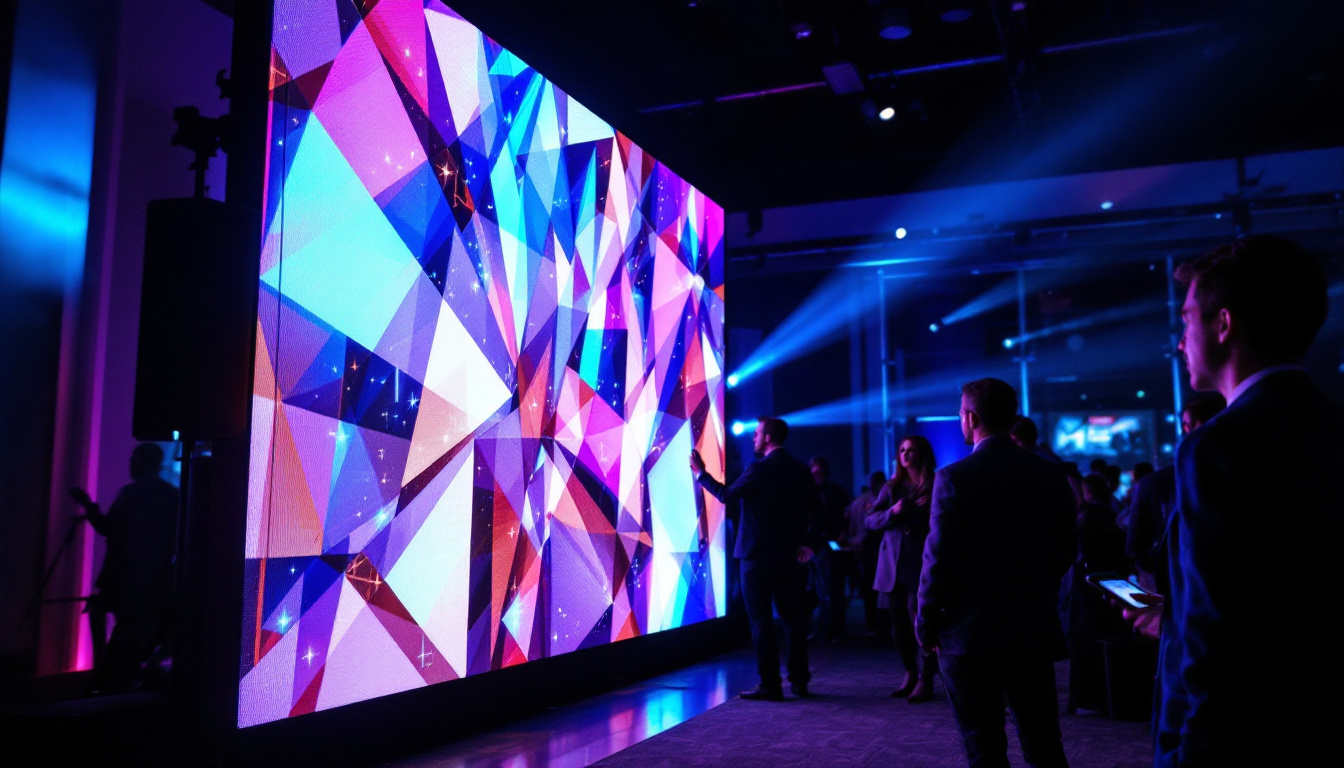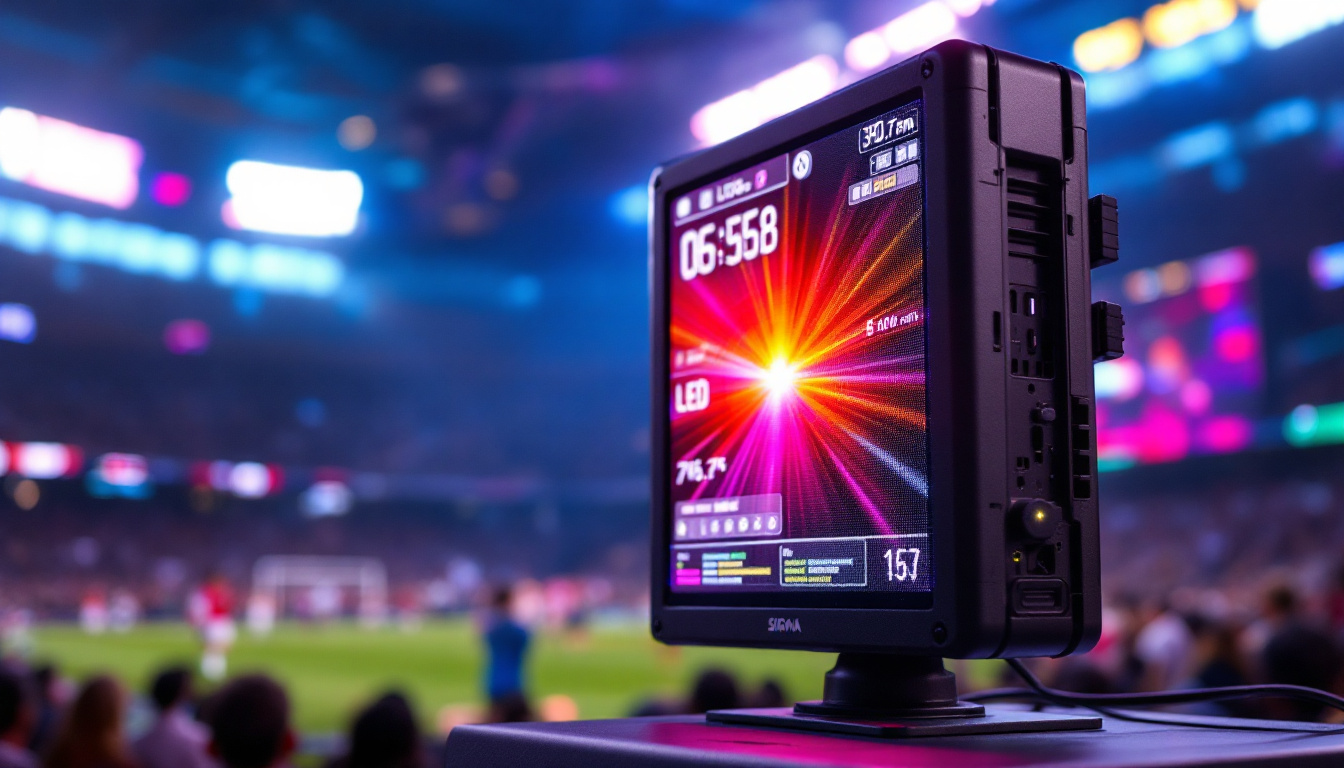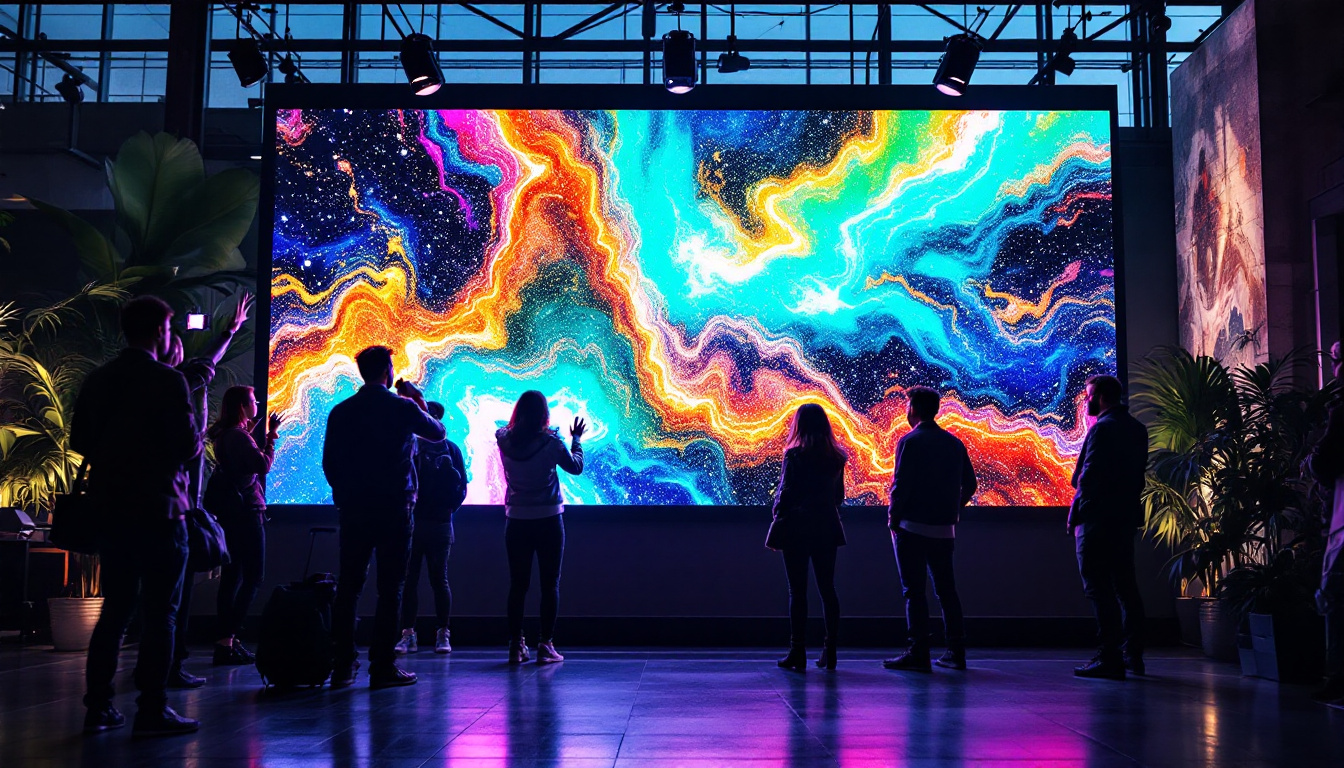In the competitive world of advertising, capturing the attention of potential customers is paramount. One effective way to do this is through the use of LED displays, which can showcase vibrant and dynamic advertisement videos. This article delves into the process of creating an advertisement video specifically tailored for LED displays, exploring the technical aspects, creative strategies, and best practices.
Understanding LED Displays
LED displays have revolutionized the advertising landscape, offering high visibility and engagement. These displays utilize light-emitting diodes to produce bright and colorful images, making them ideal for both indoor and outdoor advertising. The technology behind LED displays has advanced significantly over the years, allowing for higher resolutions and more vibrant colors, which in turn enhances viewer engagement and retention of information.
Types of LED Displays
There are several types of LED displays, each serving different purposes. Outdoor LED displays are designed to withstand weather conditions and are typically larger, making them suitable for billboards and large-scale advertising. Indoor LED displays, on the other hand, are smaller and often used in retail environments, trade shows, or events. These indoor displays can be strategically placed to capture the attention of customers, enhancing the shopping experience and driving sales.
Additionally, there are fixed and flexible LED displays. Fixed displays are stationary and ideal for permanent installations, while flexible displays can be molded into various shapes, providing creative freedom for unique advertising solutions. This flexibility allows businesses to create eye-catching installations that can fit into unconventional spaces, such as curved walls or intricate architectural designs, further pushing the boundaries of traditional advertising.
Benefits of Using LED Displays
The advantages of LED displays are numerous. Their brightness and clarity ensure that advertisements are visible even in direct sunlight, making them effective for outdoor use. Furthermore, LED technology allows for dynamic content, meaning videos can be updated easily to reflect current promotions or events. This capability not only keeps the content fresh but also allows for real-time engagement, such as displaying live social media feeds or countdowns to special events, which can significantly enhance audience interaction.
Another significant benefit is their energy efficiency. Compared to traditional advertising methods, LED displays consume less power, making them a cost-effective solution in the long run. This combination of visibility, flexibility, and efficiency makes LED displays a popular choice among advertisers. Moreover, the longevity of LED technology means that these displays require less frequent replacements, further reducing maintenance costs and contributing to a more sustainable advertising approach. As businesses increasingly prioritize eco-friendly practices, the use of LED displays aligns perfectly with these values, offering a modern solution that meets both marketing and environmental goals.
Planning Your Advertisement Video
Creating an advertisement video for an LED display begins with careful planning. This phase is crucial as it sets the foundation for the entire project. Understanding the target audience, defining the message, and determining the desired outcome are all essential steps.
Identifying Your Target Audience
Knowing who the advertisement is aimed at is key to crafting an effective message. Consider demographics such as age, gender, location, and interests. This information will guide the tone, style, and content of the video, ensuring it resonates with viewers.
Conducting market research can provide valuable insights into audience preferences and behaviors. Surveys, focus groups, and social media analytics are effective tools for gathering this data. Additionally, analyzing competitors’ advertisements can reveal what strategies work well in your industry, allowing you to differentiate your message while still appealing to similar audiences.
Defining Your Message and Goals
Once the target audience is identified, the next step is to define the core message of the advertisement. What is the primary takeaway you want viewers to have? Whether it’s promoting a product, announcing an event, or building brand awareness, having a clear message is essential.
Setting specific goals for the advertisement can also help measure its success. Goals might include increasing website traffic, boosting sales, or enhancing brand recognition. These objectives will guide the creative process and help evaluate the effectiveness of the final product. Furthermore, considering the emotional response you want to evoke can enhance the impact of your message; whether it’s excitement, curiosity, or trust, aligning your visuals and narrative with the intended emotion can lead to a more memorable advertisement.
In addition to message clarity, think about the call to action (CTA) you want to include. A strong CTA encourages viewers to take the next step, whether it’s visiting a website, signing up for a newsletter, or making a purchase. Crafting an engaging and persuasive CTA is essential for converting viewers into customers, making it a critical component of your advertisement strategy.
Creating Compelling Content
The content of the advertisement video is what ultimately captures attention and drives engagement. This section focuses on the elements that make content compelling for LED displays.
Visual Elements
Visuals are the cornerstone of any advertisement video, especially for LED displays. High-quality images and videos should be used to ensure clarity and vibrancy. The use of bright colors and dynamic animations can help grab attention quickly.
Additionally, incorporating branding elements such as logos, color schemes, and fonts that align with the brand identity is crucial. Consistency in branding helps reinforce recognition and trust among viewers.
Audio Components
While LED displays are primarily visual, audio can enhance the overall impact of the advertisement. Background music or voiceovers can create an emotional connection and reinforce the message. However, it’s important to consider the environment where the display will be located; for instance, outdoor displays may not require sound, while indoor settings might benefit from audio elements.
When selecting audio, ensure it complements the visuals and aligns with the brand’s identity. The right audio can elevate the viewer’s experience and make the advertisement more memorable.
Technical Considerations
Creating an advertisement video for LED displays involves several technical considerations that can affect the final output. Understanding these aspects can help ensure that the video is optimized for the display technology.
Resolution and Aspect Ratio
LED displays come in various sizes and resolutions, so it’s essential to create content that matches the specifications of the display. The resolution determines the clarity of the video, while the aspect ratio affects how the content fits on the screen.
Common resolutions for LED displays include 720p, 1080p, and 4K, with aspect ratios typically being 16:9 or 4:3. Ensuring that the video is produced in the correct resolution and aspect ratio will prevent distortion and ensure a professional appearance.
File Formats and Compression
Choosing the right file format is crucial for compatibility with LED display systems. Common video formats include MP4, AVI, and MOV. It’s important to check the specifications of the LED display to determine which formats are supported.
Additionally, compressing the video file can help reduce loading times and ensure smooth playback. However, care must be taken to strike a balance between file size and video quality to avoid pixelation or loss of detail.
Editing and Production Tools
Once the content is created, the next step is editing and production. Various tools are available that cater to different skill levels, from beginner-friendly software to professional-grade applications.
Video Editing Software
There are numerous video editing software options available, each with its own set of features. Programs like Adobe Premiere Pro and Final Cut Pro offer advanced editing capabilities, including multi-track editing, color correction, and special effects.
For those new to video editing, user-friendly options like iMovie or Filmora provide intuitive interfaces and essential editing tools. Regardless of the software chosen, understanding the basic functions—such as trimming, transitions, and text overlays—is crucial for creating a polished final product.
Animation and Motion Graphics
Incorporating animation and motion graphics can add an extra layer of engagement to the advertisement video. Software like Adobe After Effects allows for the creation of stunning animations that can help convey complex messages in a visually appealing manner.
Using motion graphics can also help highlight key points or calls to action, making them more memorable for viewers. The key is to ensure that animations complement the overall message without overwhelming the viewer.
Testing and Optimization
Before launching the advertisement video, it’s essential to conduct thorough testing and optimization. This phase ensures that the video performs well on the LED display and resonates with the target audience.
Playback Testing
Testing the video on the actual LED display is crucial to identify any issues related to resolution, color accuracy, or playback smoothness. Observing the video in the intended environment allows for adjustments to be made based on lighting conditions and viewer distance.
It’s also beneficial to gather feedback from a small group of individuals who represent the target audience. Their insights can provide valuable information on the video’s effectiveness and areas for improvement.
Performance Metrics
Once the advertisement video is live, tracking performance metrics is essential to gauge its success. Metrics such as viewer engagement, click-through rates, and conversion rates can provide insights into how well the advertisement is performing.
Analyzing these metrics allows for data-driven decisions regarding future advertisements. If certain elements are not performing as expected, adjustments can be made to improve effectiveness.
Conclusion
Creating an advertisement video for LED displays is a multifaceted process that requires careful planning, creativity, and technical knowledge. By understanding the unique characteristics of LED displays and following best practices in content creation, advertisers can craft compelling videos that capture attention and drive engagement.
From identifying the target audience to optimizing the final product, each step plays a crucial role in the overall success of the advertisement. As technology continues to evolve, staying informed about the latest trends and tools in video production will further enhance the effectiveness of advertising strategies in the digital age.
Discover LumenMatrix’s Innovative LED Solutions
Ready to transform your advertising strategy with the power of LED technology? LumenMatrix is at the forefront of LED display innovation, offering a wide array of solutions that cater to your unique needs. From Indoor and Outdoor LED Wall Displays to specialized options like Vehicle, Sports, and Floor LED Displays, our products are designed to captivate your audience and amplify your message. Experience the future of visual communication with our Custom, All-in-One, and Transparent LED Displays. Elevate your brand’s visibility and create unforgettable visual experiences. Check out LumenMatrix LED Display Solutions today and lead the way in digital signage excellence.

